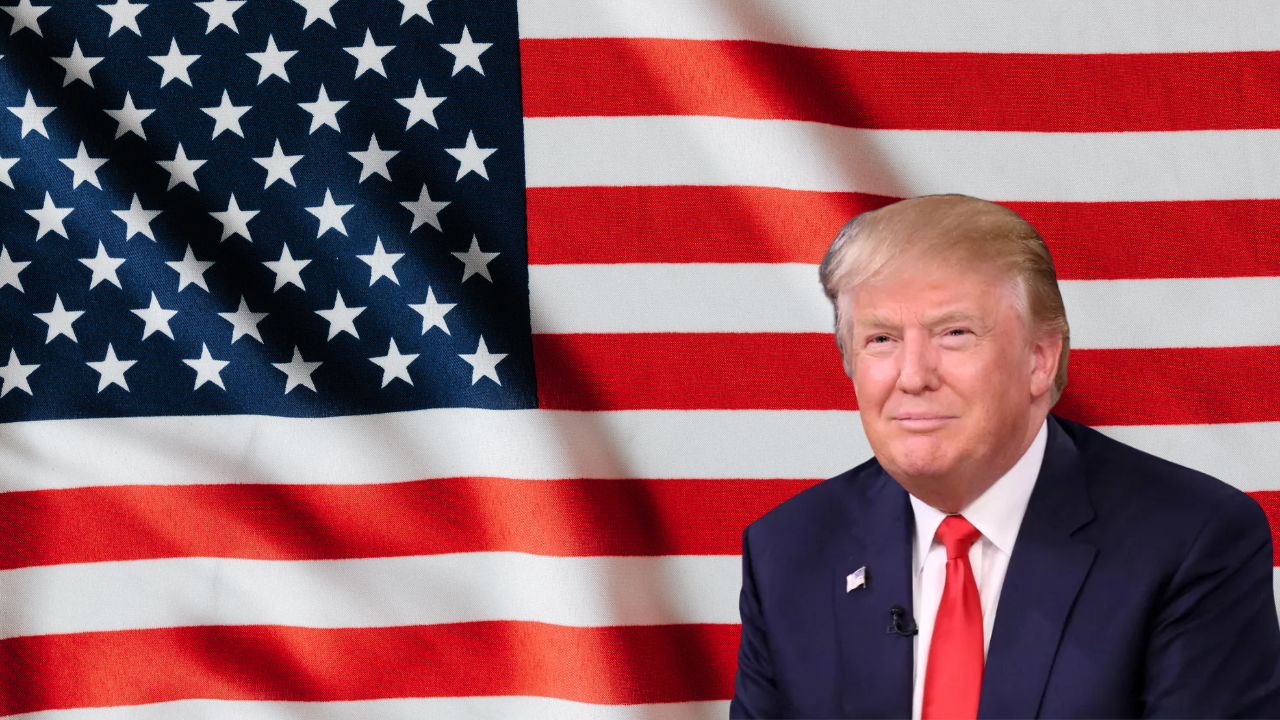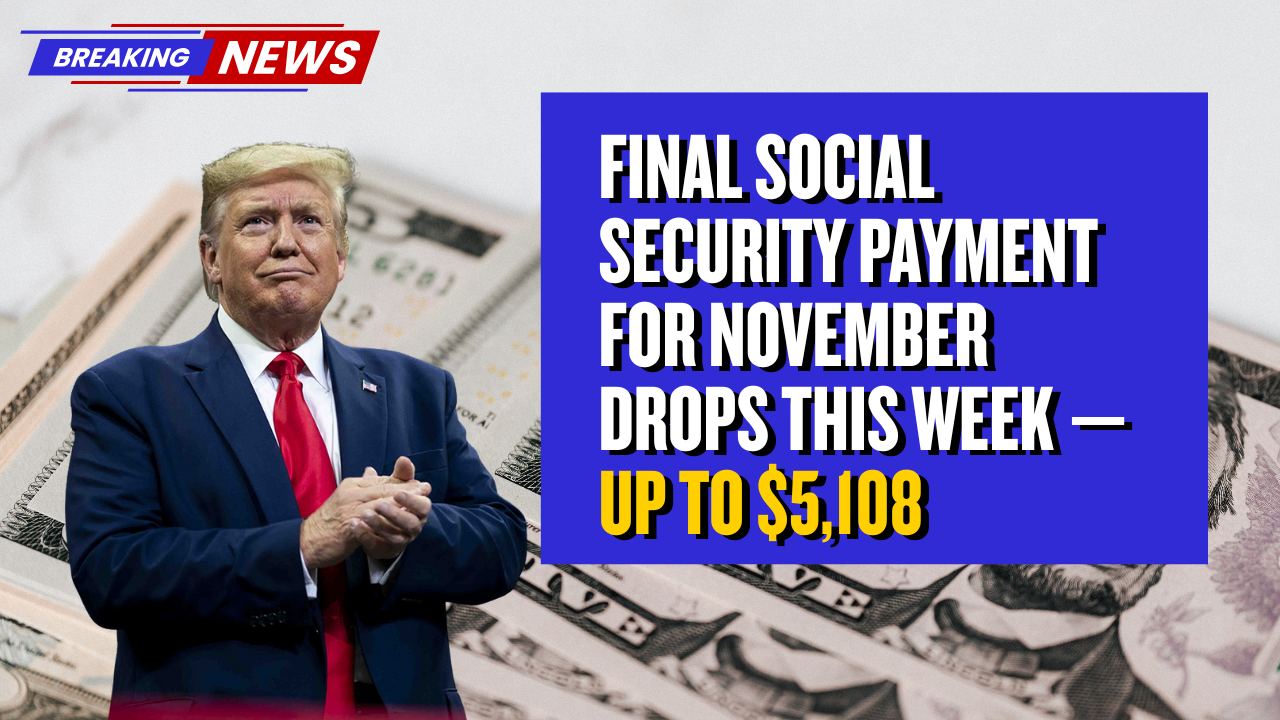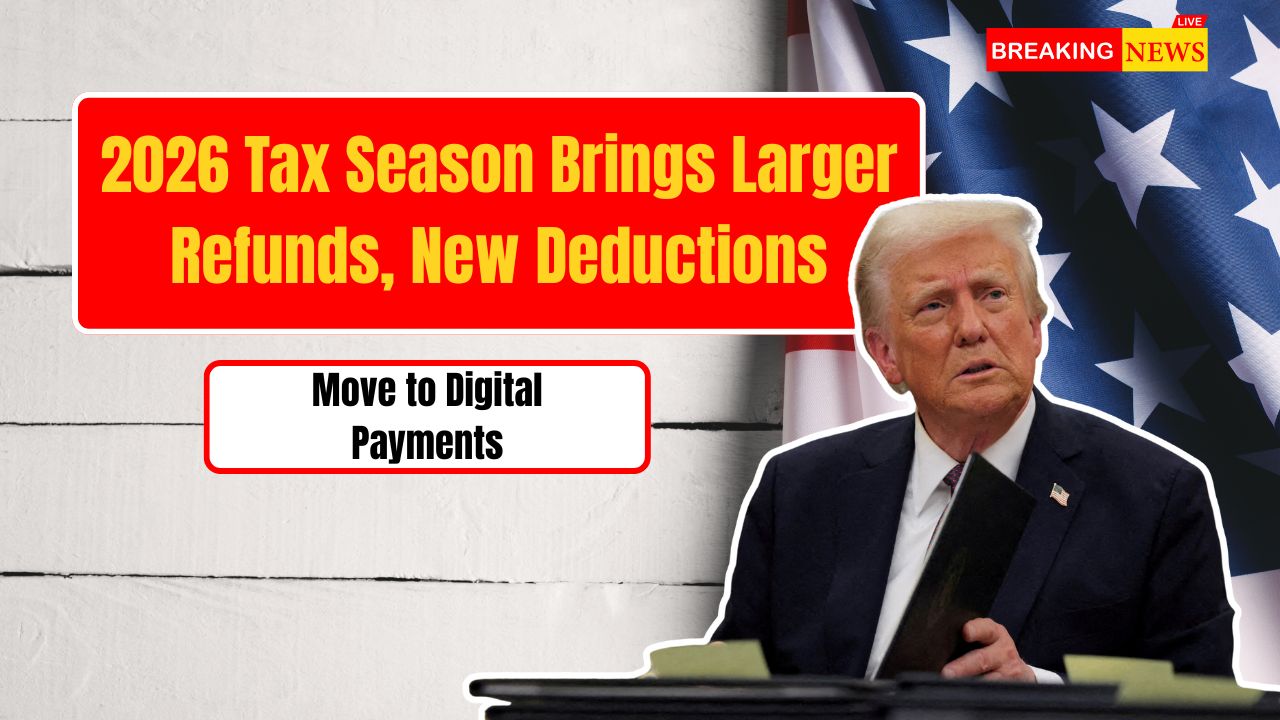As November begins, millions of Americans are waiting for their SNAP deposits to arrive. For many families, these payments are the difference between full cupboards and empty ones. But this month brings more than just the usual deposits — a major federal policy shift is taking effect that could change who remains eligible for food assistance moving forward.
How SNAP Works — and Who Gets Paid When
The Supplemental Nutrition Assistance Program (SNAP) helps over 42 million Americans each month purchase groceries, fresh produce, and household essentials. Funds are sent directly to Electronic Benefit Transfer (EBT) cards — the modern version of paper food stamps — and can be used at most grocery stores, farmers markets, and online retailers like Amazon and Walmart.
However, there’s no single nationwide payment date. Each state manages its own SNAP schedule, meaning when your benefits arrive depends on where you live — and sometimes even on the first letter of your last name or case number.
According to the U.S. Department of Agriculture (USDA), most states issue payments between the 1st and 20th of each month. Below is a sample of how benefits are distributed in November 2025:
| State | Deposit Dates (Approx.) | Distribution Basis |
|---|---|---|
| California | 1st–10th | Last digit of case number |
| Texas | 1st–15th | Last two digits of EDG number |
| Florida | 1st–28th | 9th and 8th digits of case number |
| New York | 1st–9th | Varies by county |
| Illinois | 1st–20th | Case number or SSN |
| Georgia | 5th–23rd | Last two digits of ID number |
Schedules may vary slightly due to state holidays or system upgrades, so checking your official EBT portal is the best way to confirm your payment date.
The OBBBA Rule: New Work Requirements Begin
While payments continue as planned, November 2025 marks the start of new federal rules under the One Big Beautiful Bill Act (OBBBA). This legislation updates how SNAP eligibility is determined, especially for adults without dependents.
The rule targets “Able-Bodied Adults Without Dependents” (ABAWDs) — people aged 18 to 64 who are capable of working. Under existing law, ABAWDs can only receive SNAP for three months within a three-year period unless they work, volunteer, or attend training for at least 80 hours per month.
The OBBBA expands these requirements, meaning more people will need to document work or volunteer hours regularly. Some previously exempt groups, such as certain veterans or unhoused individuals, now need verification to remain eligible.
Who Is Still Exempt?
According to the USDA Food and Nutrition Service, the following groups remain exempt from the 80-hour rule:
- Individuals with physical or mental disabilities
- Pregnant people
- Caregivers for children or incapacitated adults
- Those medically certified as unfit for work
If you fall under one of these categories, you’ll need to submit documentation to your local SNAP office. Failing to verify your exemption could result in temporary loss of benefits.
Why the Rule Change Is Controversial
The new OBBBA guidelines have reignited debate in Washington. Supporters argue that stronger work requirements promote accountability and reduce long-term dependency. Critics say the changes punish those already struggling to make ends meet.
“SNAP is meant to fight hunger, not test work ethics,” said Kelly Rowe, policy director at a New York anti-hunger coalition. “Cutting people off after 90 days doesn’t create jobs — it deepens poverty.”
Even the USDA has warned that enforcing these new standards could strain state agencies already burdened by staffing shortages and backlogs. States must now notify recipients, verify work hours each month, and process appeals, creating significant administrative challenges.
What SNAP Recipients Should Do Now
If you currently receive SNAP, here’s what experts suggest to stay compliant and avoid losing benefits:
| Step | Action |
|---|---|
| 1 | Read every notice from your state SNAP office carefully — they often include key deadlines. |
| 2 | Keep track of your work, training, or volunteer hours. |
| 3 | Contact your SNAP office to confirm your exemption status. |
| 4 | Update your contact information in your online EBT account. |
If your benefits are cut off, you can appeal the decision. Each state has a fair hearing process, usually handled by the Office of Administrative Hearings or an equivalent department.
The Bigger Picture: Hunger, Policy, and Reality
SNAP has always balanced compassion and controversy. Lawmakers pushing for reform claim that linking benefits to work encourages self-sufficiency. Critics say it ignores the financial realities facing millions of working Americans.
In 2024, the USDA Economic Research Service reported that over 17 million U.S. households experienced food insecurity. With food prices up nearly 20% since 2020, even short interruptions in SNAP benefits can leave families desperate.
Local food banks are already bracing for impact. “We expect longer lines once these limits take effect,” said a Detroit food pantry coordinator. “When benefits lapse, people turn to us immediately.”
FAQs: November 2025 SNAP Payments
When will I get my November SNAP benefits?
Most states deposit funds between November 1 and November 20, based on your case number or last name.
Will I lose my benefits under the new law?
Not automatically. But if you’re an ABAWD who doesn’t meet the 80-hour monthly requirement, benefits may be limited to three months.
Are disabled individuals or caregivers exempt?
Yes. People with disabilities, caregivers, and pregnant individuals remain exempt — but proof is required.
Where can I check my payment schedule or eligibility?
Visit the USDA SNAP State Directory for official contact information and up-to-date calendars.



